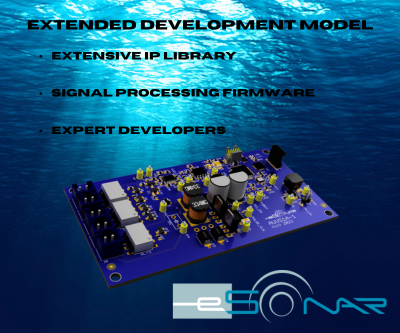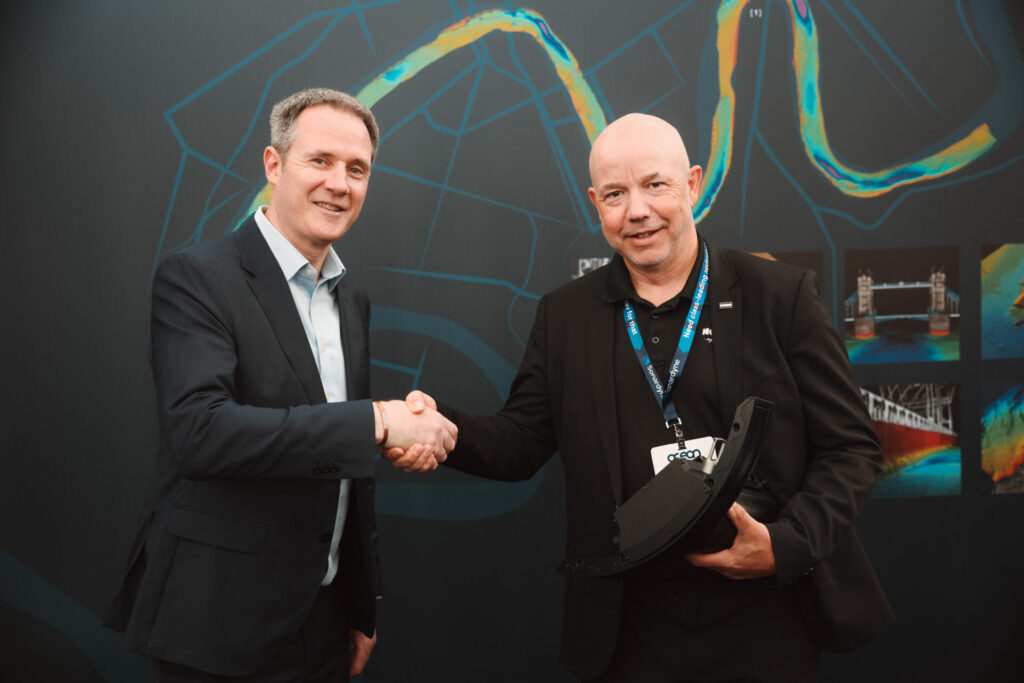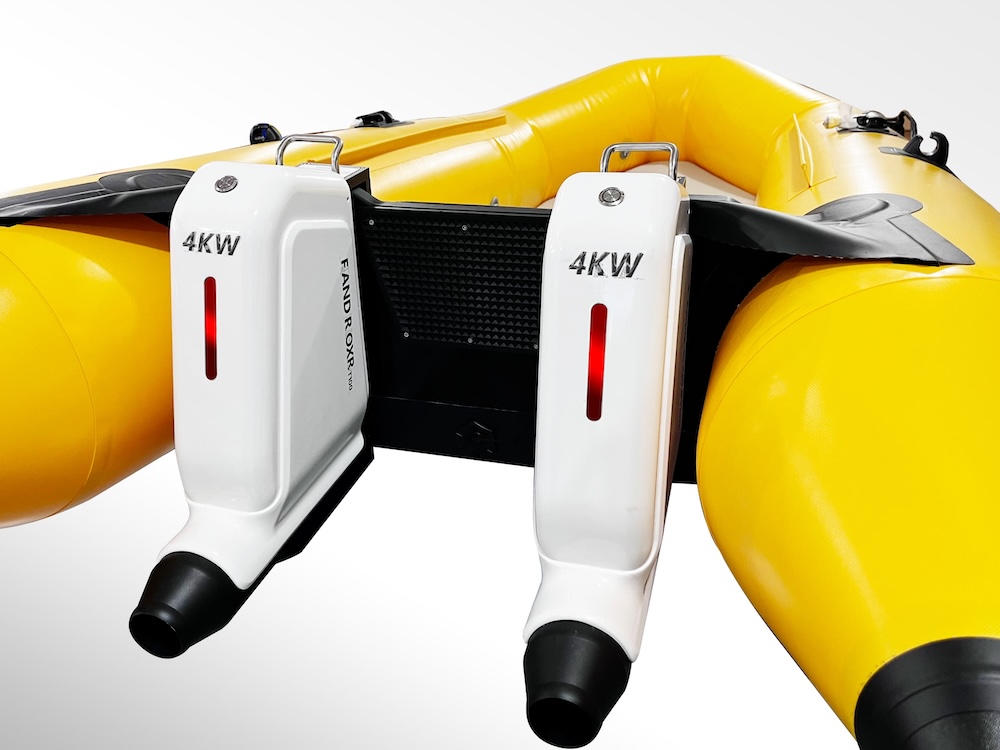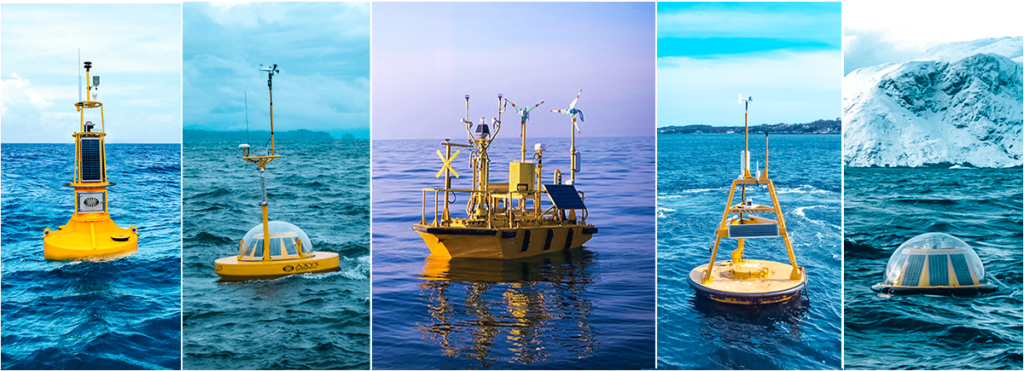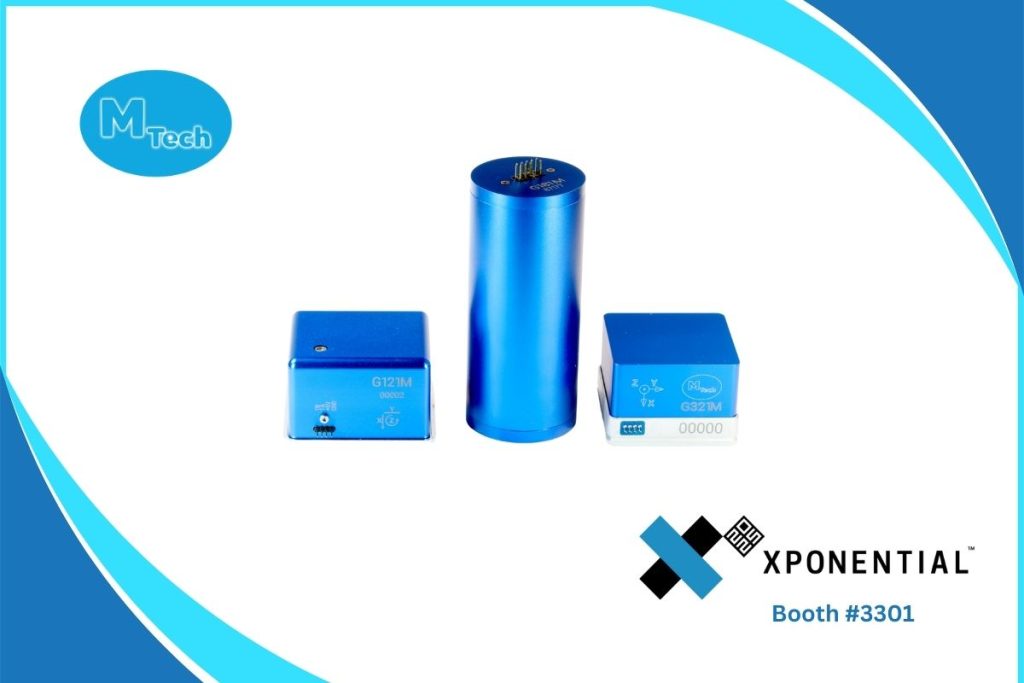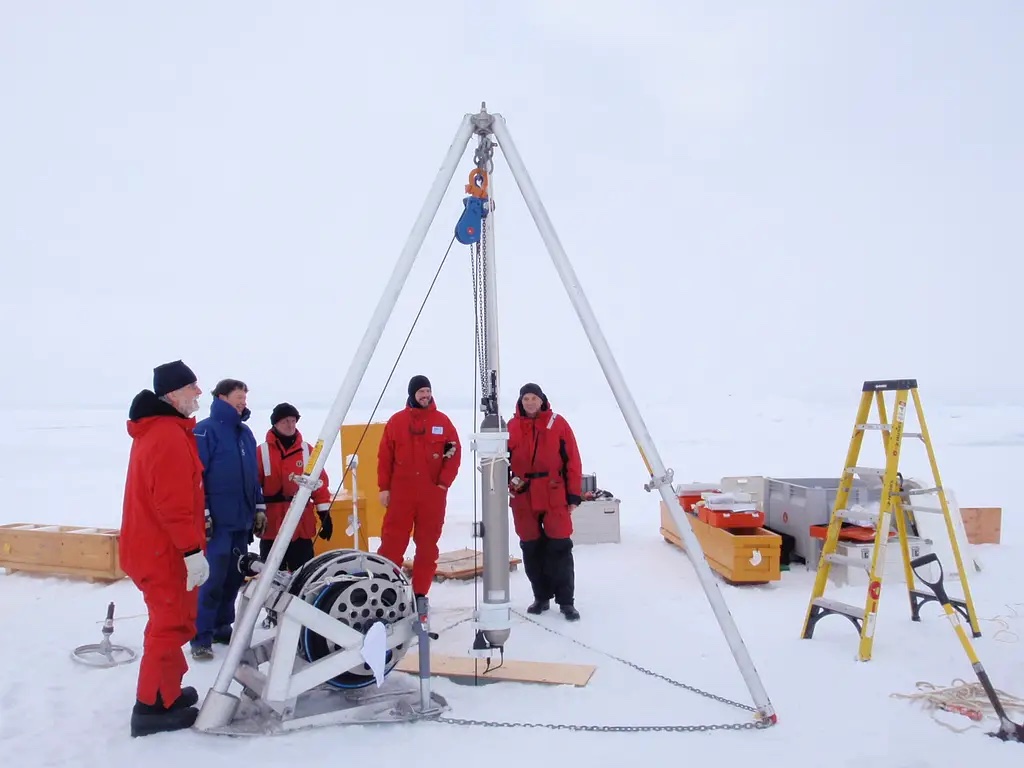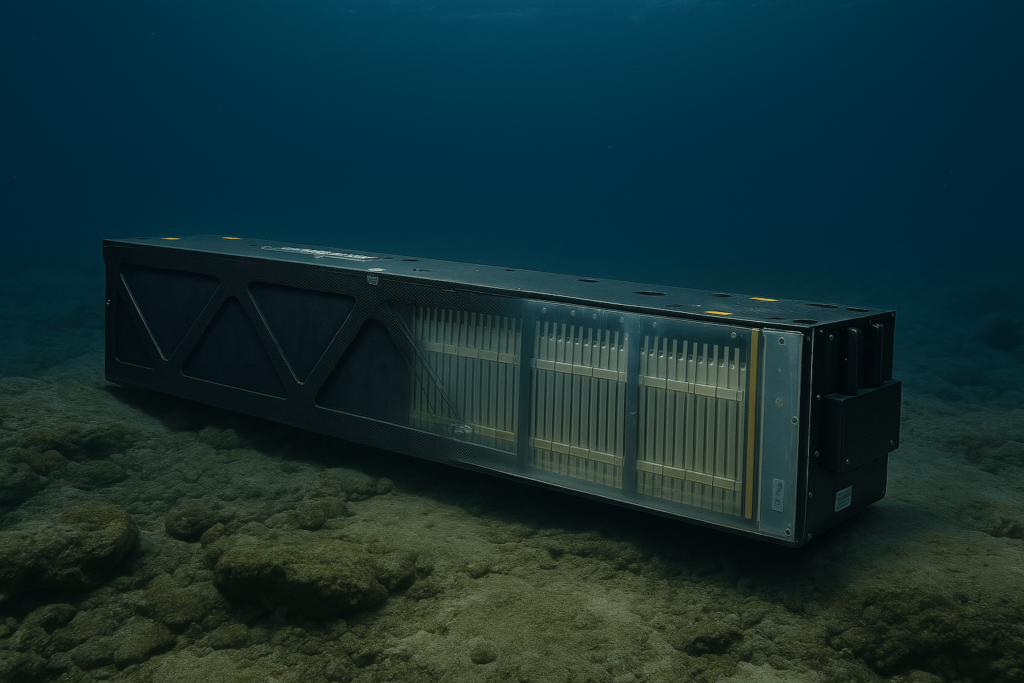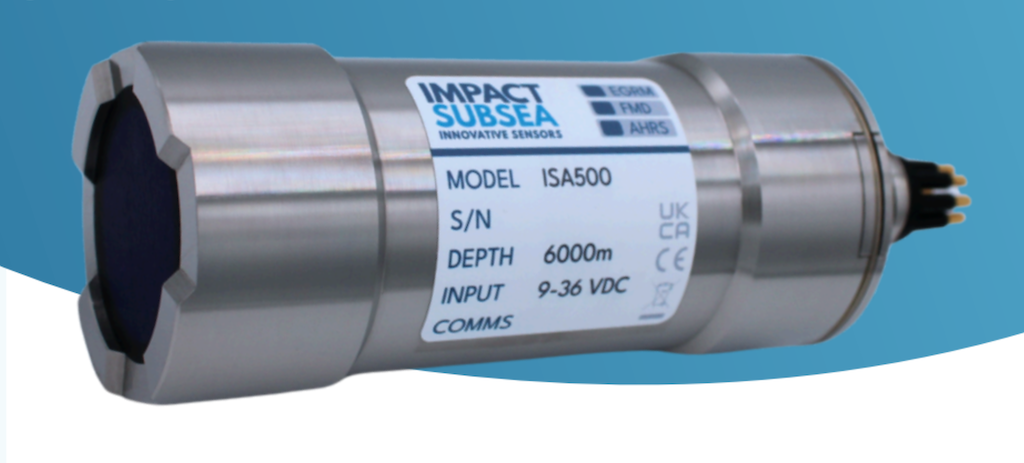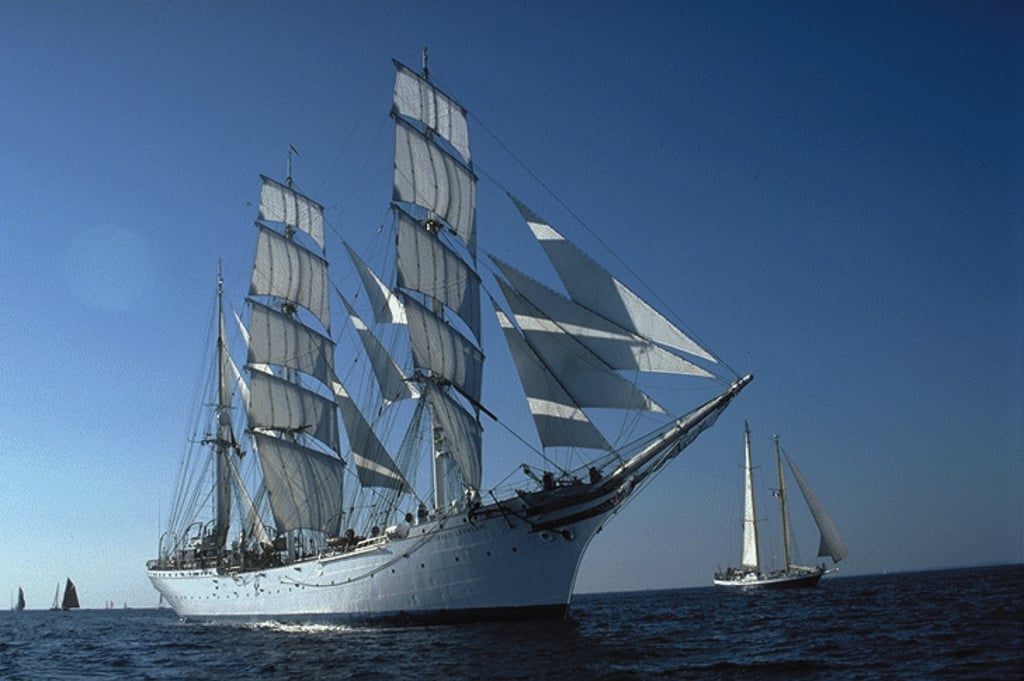
Autonomous Underwater Vehicles
Discover cutting-edge solutions from 8 leading global suppliersTiburon Subsea and Ocean Floor Geophysics (OFG) have collaborated to integrate OFG’s advanced geophysical systems into Tiburon’s autonomous underwater vehicle (AUV) designs.
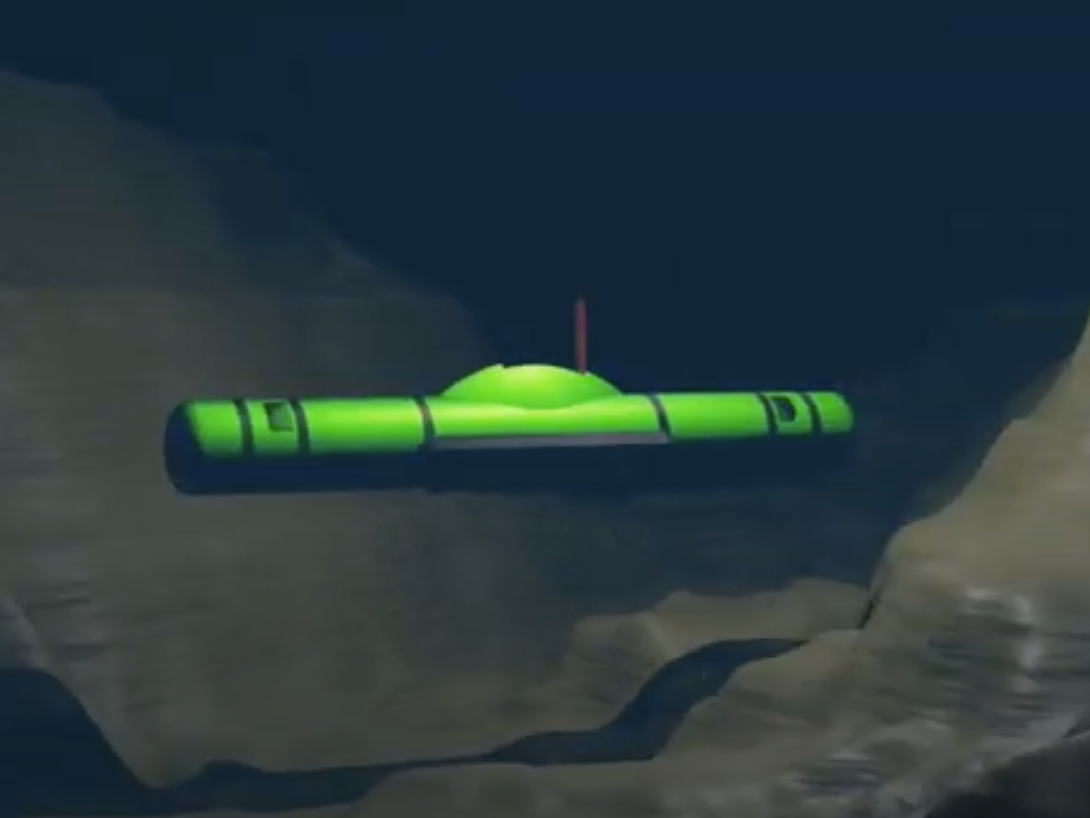
This collaboration aims to enhance the capabilities of Tiburon’s AUVs for subsea survey and inspection.
Under the agreement, Tiburon plans to incorporate OFG’s Self-Compensating Magnetometer, HyperEMF, and Hypermag, as well as iCP systems for non-contact cathodic protection inspection, AC/DC cable EMF, depth of burial analysis, and UXO survey.
Tiburon’s design prioritizes hydrodynamic efficiency and redundancy, enabling its AUVs to maneuver seamlessly in all dimensions. The JETTE system, Tiburon’s hovering AUV, is designed to serve a dual-market purpose, allowing all AUV manufacturers access to vehicles that can traverse diverse environments, scan with precision, hover, stabilize, and accommodate larger payloads with increased power capacity.
This advanced technology is developed to overcome the limitations of existing underwater vehicles.
Tiburon’s fleet will be tailored for a broad range of uses, including biodiversity management, oceanographic research, defense, renewable energy surveys and maintenance for wind and wave power, hydrographic survey, subsea security, export and inter-array cable inspections, methane leak detection, and coastal health monitoring.
Tiburon Subsea Founder and CEO, Tim Taylor, commented, “Our respective companies share a goal and vision of creating new subsea survey and inspection capabilities for our clients. We believe that advancing dynamic underwater technologies will propel us into a new era in marine robotics.
“Consider how satellite networks are the backbone hardware of the earth’s science data network; autonomous vehicles are quickly becoming the same backbone needed to open data acquisition on a planet which is 70% water. Renewable energy, climate change remediation, marine fishery protection, weather monitoring, and coastal engineering will all benefit from access to this technology.”

